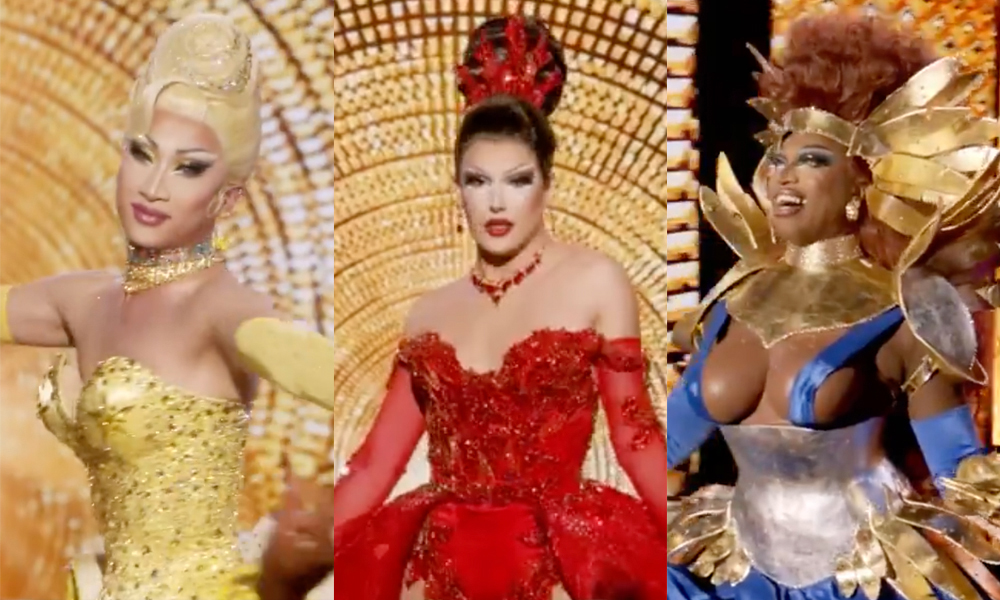Author’s second fiction novel tells a story of love and loneliness…
By Paul Gallant
My first in-person brush with Jordan Tannahill was when he and his then-partner ran the scruffy and beloved art space Videofag in Toronto’s scruffy (and mostly beloved) Kensington Market from 2012 to 2016. It was one of those anything-can-happen storefronts where you might enter to find someone lying on the floor as part of a dance piece, someone in short-shorts spinning tunes or someone crafting at a fold-out table.
Sounds all very low-key guerilla for local scenesters. But Tannahill had made himself known as a force of nature before he was out of his teens, even at his Ottawa high school. He founded his theatre company Suburban Beast at age 20, and theatre remains a big part of his vision: his play about climate change Is My Microphone on?, co-written with Erin Brubacher, was performed at Canadian Stage’s High Park Amphitheatre in September, and his Draw Me Close, which uses VR and animation to explore the relationship between mother and son, is slated for a run this winter at Toronto’s Soulpepper Theatre. But there’s always been something about Tannahill that suggests that his ambitions are too big for a mere stage. His 2018 debut novel Liminal received critical applause and won France’s 2021 Prix des Jeunes Libraires.
His latest book, The Listeners, which was shortlisted for the 2021 Scotiabank Giller Prize, demonstrates the breadth of his creative vision. The novel is a riveting thriller of sorts, which uses an unreliable narrator to get at the themes of truth, faith, paranoia, conspiracy theories, the stereotype of female hysteria, mental health, the secular versus the scientific, domestic disgruntlement, erotic exploration and technological intrusions on human life. Though he started the book about four years ago, well before the pandemic, it’s like Tannahill stuck his hand into the current zeitgeist and pulled out the most compelling bits.
The book – about Claire, a suburban teacher and mother who starts hearing an inexplicable sound that throws her life into disarray and alienates her from the people closest to her – is a page turner that asks a lot of big questions. Even very basic ones: is the sound a curse or a blessing? The Listeners is nominally set in the United States (there are references to Trump, and people read The New York Times), but it could be set in any predominantly white suburb in the English-speaking world. And it draws on real-life reports of people who have heard “the hum” – a low-level droning or buzzing sound – in Canada, the United Kingdom and the United States. Tannahill, who has lived in Europe, mostly London, for the past five years, is aiming for a huge potential readership here.
“The central conundrum about the hum is whether it’s a single unified global phenomenon that somehow comes from nature, or is it a global problem with the human-built environment like the electrical grid, radiation or is it a series of localized white-noise issues that have been clustered together?” Tannahill said in an interview just after the book made the Giller longlist.
Tannahill plays with the rich ambiguity around the source of “the hum”; the reader is constantly wondering if the book will take a supernatural or sci-fi turn, whether it will remain in realistic mode or reveal itself to be a hallucination or delusion. “When are we willing to depart from reason and embrace something that defies a certain kind of logic but has its own instinctive or poetic logic? The idea of powerfully profound individual experience speaks to that,” he says. “I think of the early saints who felt they were being spoken to by God – that private gift that only you have access to. That’s a timeless condition.”
Claire, the lead character and narrator, is a straight woman whose voice is a cross between Tannahill’s own and one of his good friends, “an intelligent and witty woman in her 40s.” A BBC interviewer asked him how comfortable he felt writing in the voice of a woman. “First and foremost, I feel most comfortable as a gay man writing in the voice of another white gay man. Second to that would be a white woman. A long-distance third would be writing in the heterosexual male voice. I definitely feel a close kinship to Claire.”
Although there is no homosexual hanky-panky in the book (there are throwaway lines about RuPaul’s Drag Race and gender pronoun usage), Tannahill says queerness suffuses all his writing. “Claire’s search for the ecstatic and for this pleasure that reorients her entire life, that search resonates strongly in my own life, looking for experiences of the sublime,” he says. “Rave culture, queer culture, sex culture, fetish culture. Sex can be spiritual. It can also be shattering as well. For me, the ‘hum’ is that for Claire.”
It’s an interesting step to get from a mysterious and haunting auditory experience to sex and sex culture, but one that makes sense for someone who has Tannahill’s ability to zoom out and see things abstractly.
In his social media, Tannahill reveals an interest in fetishes like puppy play, latex and wrestling gear. This summer in Berlin, he got a tattoo of two dog-headed figures by Cristo Phe. Phe has drawn versions of these animal-humans on many of his customers and the figures seem to signal a kind of counterculture kinship through ink. This interest – dedication, perhaps? – in exploring sex and other things he could do with his body grew for Tannahill as he entered his 30s.
“When I turned 30, I suddenly realized that sex can be so much more expansive. It can be metaphoric and playful and political and spiritual, incorporating fetish, sex work, incorporating all these modalities within my sexual identity I hadn’t realized I had in me before,” he says. “We’re constantly in a state of becoming, of learning more about our sexual lives and interests. In the last few years, I’ve had a whole new process of reckoning with that. Part of it is confidence. Part of it is mortality as well. I have this body for a limited amount of time. What can I do with it? What kind of pleasure can it give me and what kind of pleasure can it give others?”
These are the questions of a man who will, we must expect, respond to them in artwork. Whether it’s a play, book, film or dance piece, it will be ambitious, compelling and bent on reaching a global audience.
—
PAUL GALLANT is a Toronto-based writer and editor who writes about travel, innovation, city building, social issues (particularly LGBT issues) and business for a variety of national and international publications. He’s done time as lead editor at the loop magazine in Vancouver as well as Xtra and fab in Toronto.







POST A COMMENT